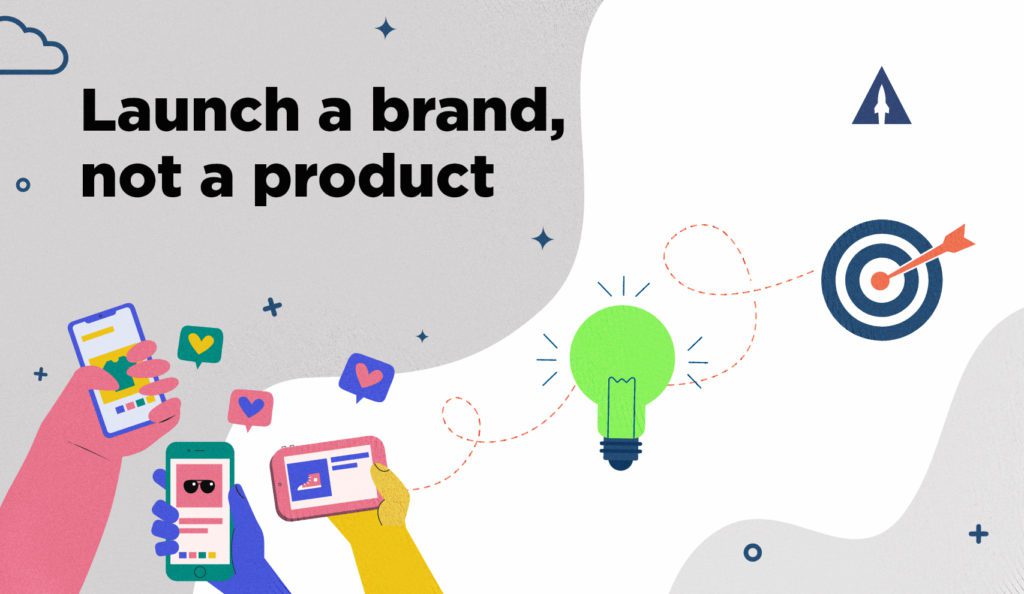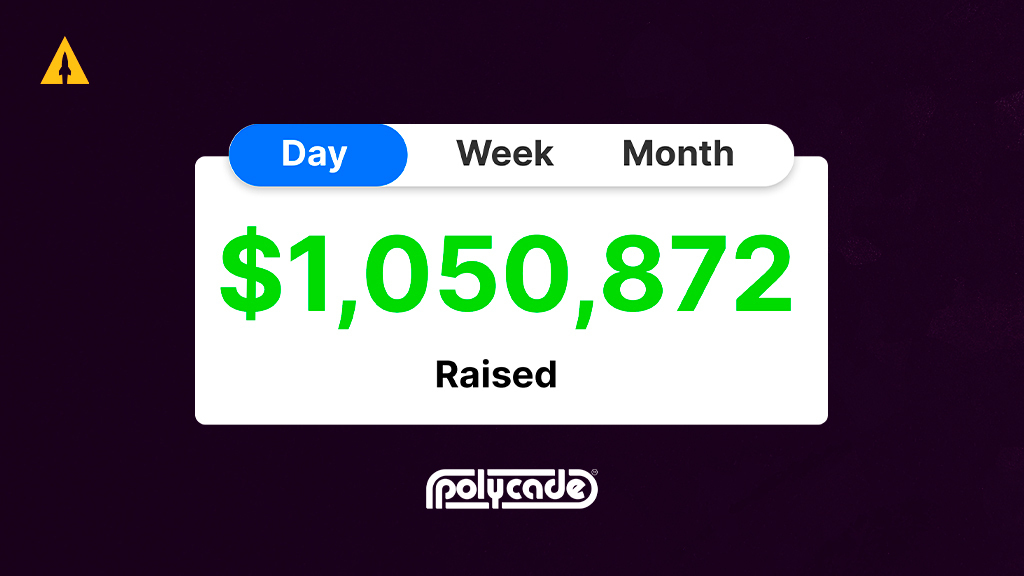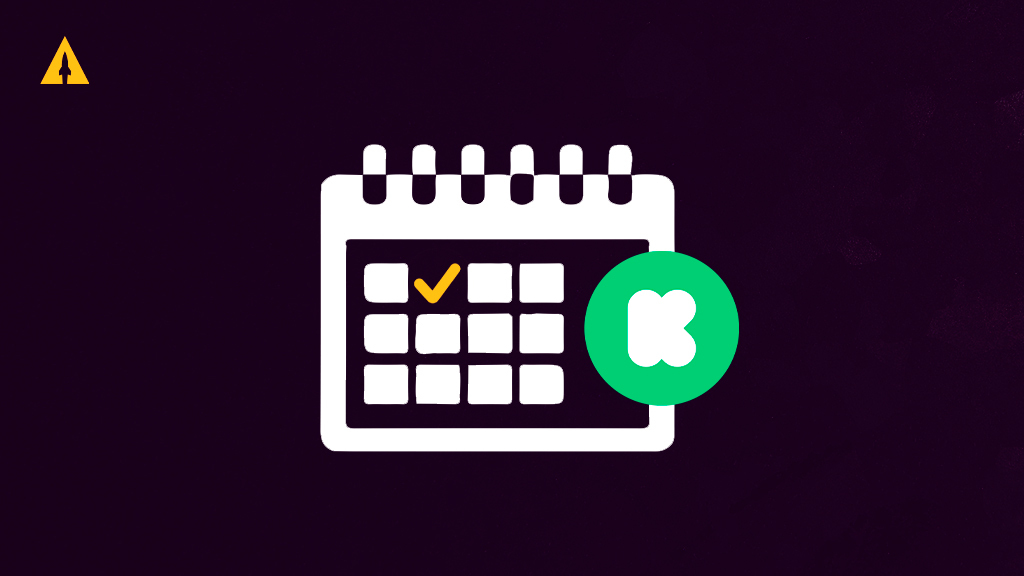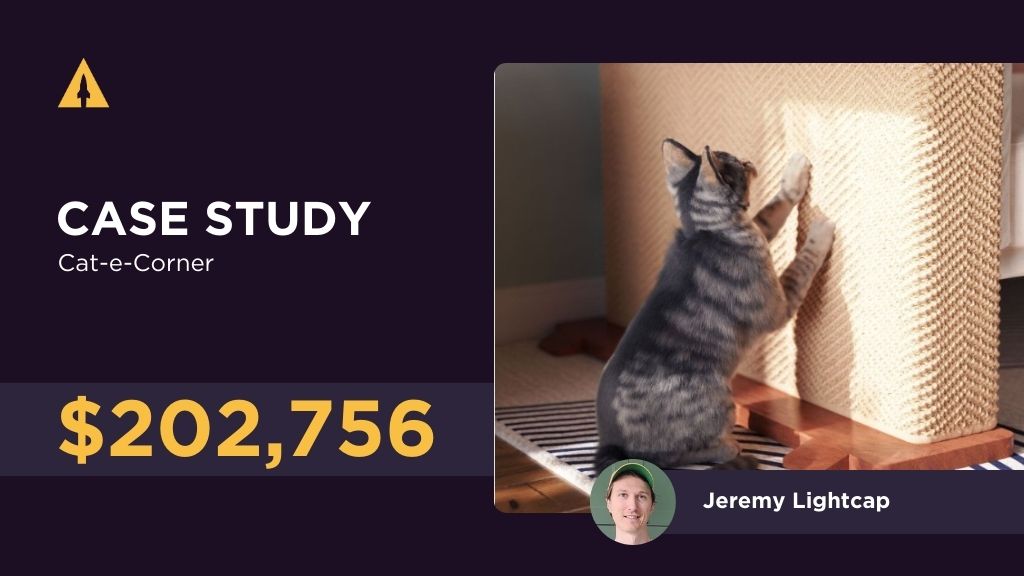What is a brand?
A brand is something that people are loyal to because they know what to expect. A brand is consistent in its delivery and performance each and every time. Brands transcend the products and services they offer. A brand is something that will elicit a physiological response in a person when they see it, read about it, hear about it, etc.
We all know the big brands: Nike, Coca-Cola, American Express, Bank of America, and so on. What all of these have in common is a loyal audience of people who use their products and services regardless of the other options available to them. Why does this loyalty exist?
Remember what we said earlier: consistency and delivery of an experience, product, or service that elicits a response that the person appreciates, expects and values each and every time.
Why is building a brand important?
It is important because brands are what people come to trust. Products are short-term; they come and go, but brands are long-term. A brand is not something that can be singled out or bottled. It’s frequently the first thought or the first words a person speaks when the subject of a product or service is discussed.
Think of it this way: when was the last time you asked someone to hand you a tissue or asked if there was a coffee shop nearby? You most likely asked that person to hand you a Kleenex or if there was a Starbucks around.
A brand is ubiquitous and consistent. It creates recognition outside of your core audience and helps build your business. Customers spend their money faster and easier on a well-known, trusted brand, and they’re likely to spend more of it. Hiring and retaining employees is uncomplicated for companies with brand awareness, and customer acquisition is simpler for known brands.
People line up for days to see the new Star Wars movie. Name someone who doesn’t want to work at Nike or Google. People are constantly switching to Apple products. These are a few examples of brand trust, loyalty, and recognition.
How do you launch a brand?
Have a brand mindset from the beginning… i.e., Think Big! If you state that your mission is to launch a product or business, that is exactly what you will launch: a product, not a brand. What your brand will be is going to depend on what your product or service is.
More important than your product or service, what does your brand offer through that product or service, and what does your company stand for? How will customers connect to your brand? That is what people want, and that is what inspires and creates brand loyalty.
In order to launch a brand, you need to know how your product is received and perceived by your target audience, and crowdfunding provides that learning opportunity. If you research “launching a brand” on a search engine, it will most likely give you answers like the following:
- Audience identification: who is your audience? Why do they want what you are offering?
- Brand message: what value do you offer and why will people engage with you? What do you want them to see about the product and, more importantly, your company?
- Brand awareness: create it via advertising, videos, blogs, etc.
When you launch your brand, you are launching something that people will experience and then ideally share with others. The product or service is how you initiate the connection, and the ongoing improvement of that product or the creation of new quality products is how you maintain the loyalty and relationship with your audience over time.
A strong brand enables a company to overcome a bad product rollout or service execution. It is going to happen, and you can’t avoid it. Remember “New” Coke, the Apple “Death Grip” episode from 2010, or Google Glass, for example? These companies survived those potential disasters because they have a strong brand.
Why is crowdfunding the best way to launch a brand?
Crowdfunding, at its core, is brand-launching. Prior to a launch, you can learn about positioning and messaging through ad testing to identify how potential clients value your product. You can also learn what about your offering they find most important when it comes to solving a problem, filling a need they have, or making the day-to-day more convenient for them.
This learning is the genesis of the brand and will provide the foundation for how to build brand awareness and value over time.
Crowdfunding also enables you to determine how and with whom your brand can be associated, regarding people, locations, values, and concepts. Are you an individual, service, organization, or event brand? Crowdfunding provides the opportunity to obtain this valuable insight because, at the beginning, you just don’t know.
You will have initial thoughts and ideas, and you should maintain those core values. However, stay open-minded and flexible to revising based on testing data in order to confirm the sought-after brand loyalty.
The final thing crowdfunding does to help launch a brand is provide an opportunity to make a memorable first impression. In your crowdfunding campaign, you have most likely made bold claims about the experience your product or service will deliver.
Now you have to fulfill this product or service, but more importantly, live up to those expectations. With revenue on hand from the pre-orders taken during the launch, you now have anywhere from three to twelve months to deliver on those claims.
Where else will you find an opportunity like that? I will save you the hassle of looking up the answer in the back of the book… nowhere!
Use this time and revenue to deliver a quality product on time to those loyal backers who shared your belief in your product and took the journey with you. Making good on the promise(s) of your crowdfunding campaign makes customer service part of your brand. It also lays the foundation of your brand, giving those backers a reason to return to your brand as repeat customers.
Delivering on that experience will also inspire those backers to promote your brand to their families, friends, and networks.
Ready to launch a brand? Get in touch with us today to get started!
Looking for more information on how to create, design, and manufacture your next product? Do not miss these 6 steps:




